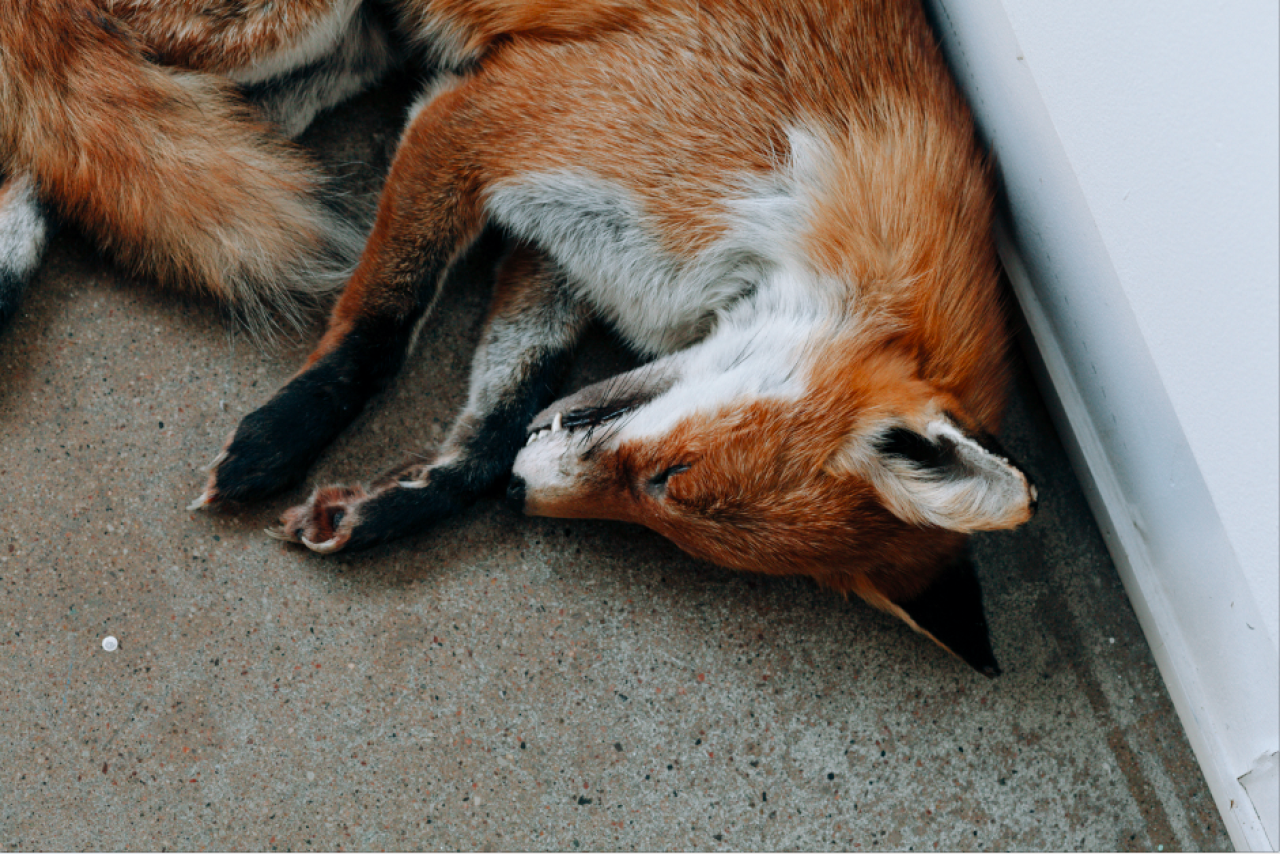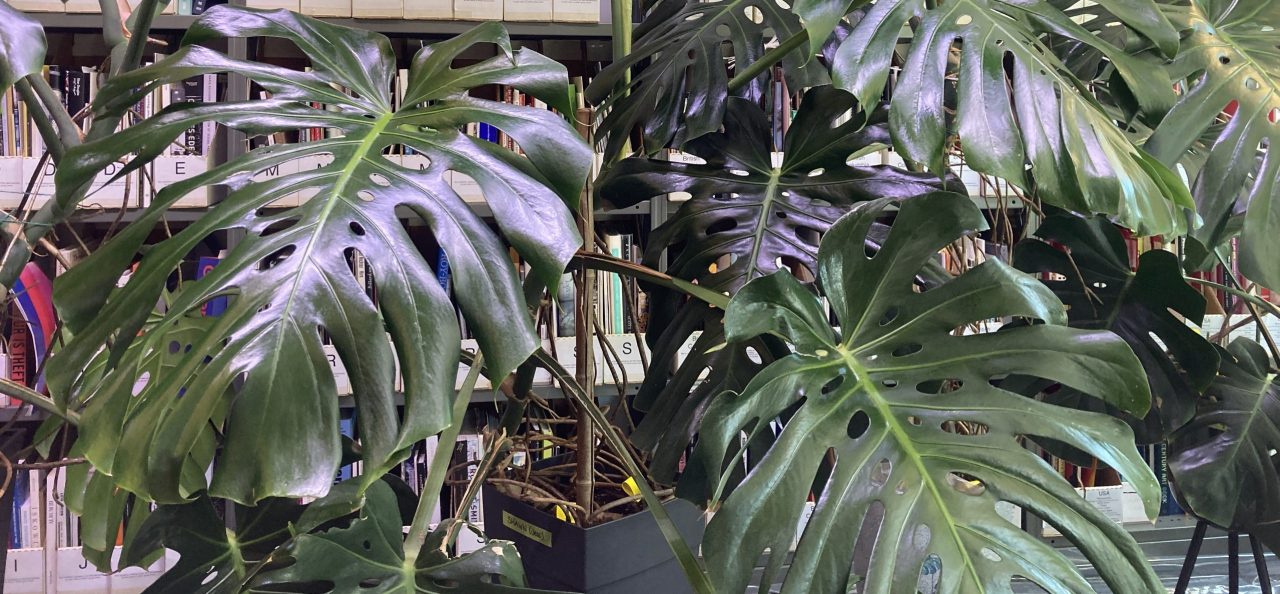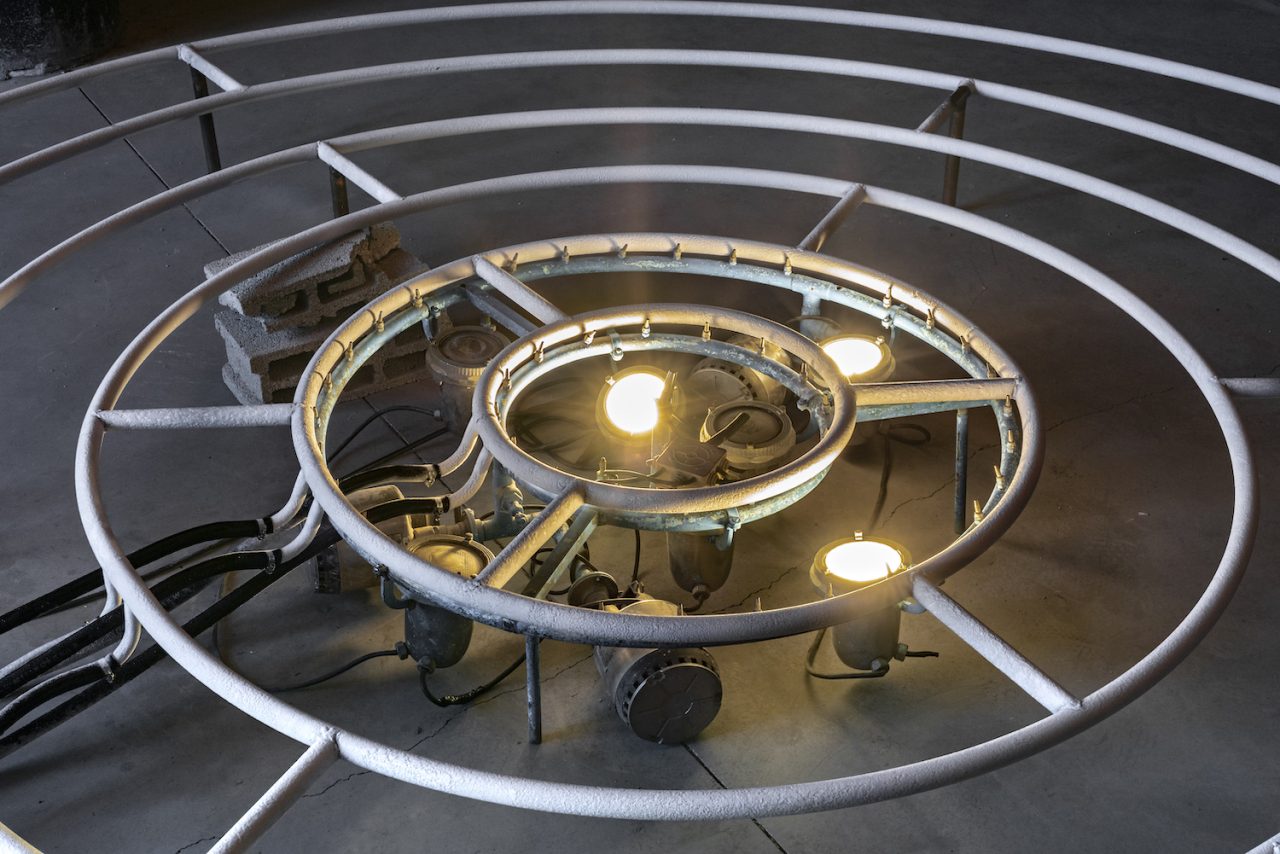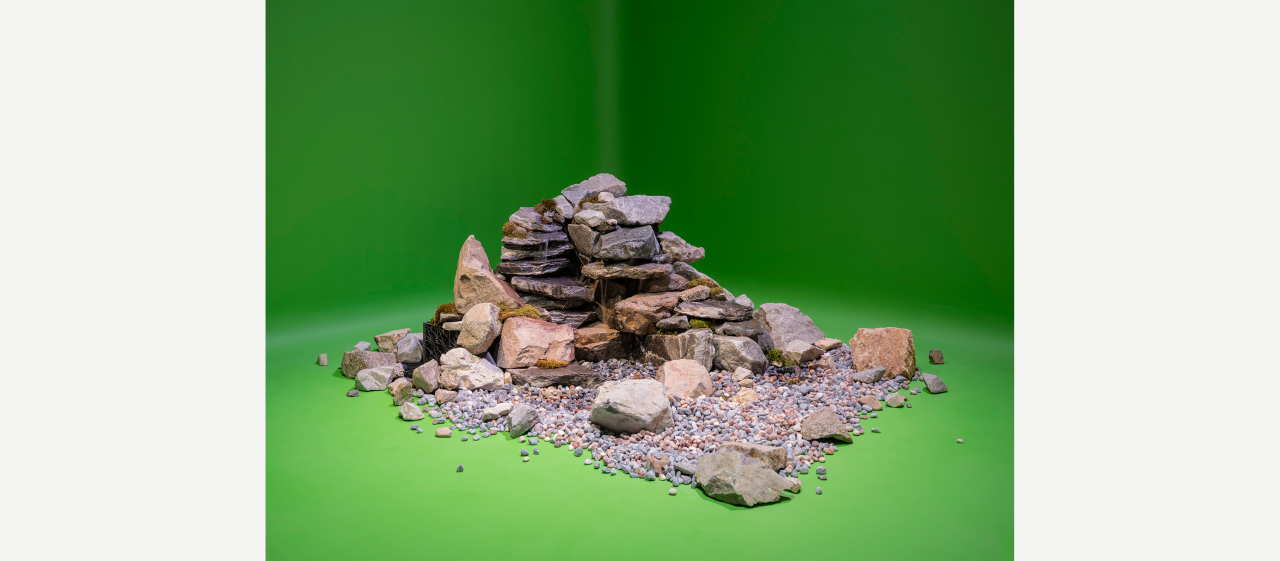25 Jul 2025
Reading Room: Abbas Akhavan: One Hundred Years
-
Abbas Akhavan
ArtistAbbas Akhavan, born 1977 in Tehran, has been based in Canada for the last thirty years. He currently works and lives in Montreal and Berlin. Upcoming and recent solo exhibitions include Walker Art Center, Minneapolis (2026); Bangkok Kunsthalle, Bangkok (2025); Copenhagen Contemporary and Ny Carlsberg Glyptotek, Copenhagen (2023); Contemporary Art Gallery, Vancouver (2022); Chisenhale Gallery, London (2021); CCA Wattis Institute, San Francisco (2019). Akhavan received his MFA from the University of British Columbia, Vancouver (2006), and a BFA from Concordia University, Montréal (2004). Recent residencies include Fogo Island Arts, Fogo Island, Canada (2019, 2016, 2013); Atelier Calder, Saché, France (2017); and Flora ars+natura, Bogotá, Colombia (2015). He is the recipient of the Fellbach Triennial Award (2017); Sobey Art Award (2015); Abraaj Group Art Prize (2014); and the Berliner Kunstpreis (2012).
Read More
Taking up notions of suspended time, Abbas Akhavan’s exhibition One Hundred Years contends with temporal halting and how time is represented in narrativized spaces. Weighing the narrative drive of storytelling against the emptying out of content or the freezing of narrative, Akhavan’s work simultaneously activates a stage and presses pause.
This reading room offers resources relating to the themes present in this exhibition.
BIBLIOGRAPHY
Thematic Texts
Boyd, Brian. On the Origin of Stories: Evolution, Cognition, and Fiction. Harvard University Press, 2009
The process through which we come to write stories, document history and our realties is central to this book. Through his background in literature and evolution, Boyd examines art as a logical biocultural adaptation for humans and explores some of our earlier and dearest stories as a point of insight into human life, evolution and our changing culture. How and why we tell stories is interrogated in-depth and connects to the idea of narrative in how Abbas Akhavan’s exhibition unfolds.
Grimm, Jacob and Wilhelm. “Briar Rose.” In Jacob and Wilhelm Grimm: Select Tales, translated by Joyce Crick. Oxford University Press, 2005
Grimm’s contributions to documenting German folklore include the story Briar Rose, also known as Sleeping Beauty, about a princess who, under a spell, sleeps for one hundred years, as does the entire kingdom, impervious to the outside world. The princess and kingdom awake after this passage of time as if time itself had stood still. The fairy tale, like the exhibition, expands notions of space and time.
Murray, H.R.J. The History of Chess. Oxford at the Clarendon Press, 1913
Murray documents the history of chess, game play and the meaning it inspired throughout European culture and literature. The knight piece in the exhibition prompts a connection to the game – and rules – of chess, thinking through its distinctive movement on the board. The knight has the ability to jump over other pieces and move across the board in an L-shaped path, introducing tactical possibilities that complicate the gameplay. With the exhibition’s staging, the knight holds potential in its role of disruption and evasion.
Rovelli, Carlo. The Order of Time. Riverhead Books, 2018
The Order of Time examines our understanding of time and its passage using an interdisciplinary approach from physics to philosophy to literature that challenges temporal ideas. Rovelli, a gravitational physicist, uses the theory of quantum gravity to give meaning to the landscape of time, and through a philosophic lens suggests that our perception of time depends on our perspective. The stilling of time and how we are affected and altered by it are suggested in the exhibition, with attempts to freeze narrative and challenge the reality of the spaces in which we exist.
Storr, Will. The Science of Storytelling: Why Stories Make Us Human and How to Tell Them Better. Harry N. Abrams Press, 2021
Storr tackles the science behind storytelling through an examination of diverse classic tales, tools and styles. This idea of non-linear storytelling and the enchantment that is necessary for world-building and storytelling relate to the exhibition and its play with temporality and narrative.
Berger, John. “Why Look at Animals?” In About Looking. Pantheon Books, 1980
In the broader work About Looking, Berger explores our role as observers to reveal new layers of meaning in what we see. In the essay “Why Look at Animals?,” he examines the evolution of our relationship with animals and how they went from the earliest models for the very first human art to spiritual deities to captive entertainment, asking the question, “How do the animals we look at in zoos remind us of the relationship between man and beast that has been all but lost in the twentieth century?”
Artist
Akhavan, Abbas. “ABBAS AKHAVAN – curtain call.” Interview at Ny Carlsberg Glyptotek and Copenhagen Contemporary, https://youtu.be/D69s6IzufgA?si=iNhpoXeuvMhGO_iP, 2024
In this interview with Abbas Akhavan, the artist addresses his 2024 exhibition Curtain Call which showed simultaneously with the work cast for a folly at Copenhagen Contemporary and variations on a folly at Ny Carlsberg Glyptotek. The exhibition was inspired by a photographic image of Iraq’s looted National Museum and a now-destroyed colonnade in Palmyra, Syria. Akhavan considers how re-enactment and materiality shape our shared imagination.
“Abbas Akhavan.” Guggenheim New York MAP Collection Artwork, https://www.guggenheim.org/map/abbas-akhavan, 2017
This 2017 interview examines Abbas Akhavan’s process, in which he considers bronze and its use throughout history as a material for monuments and weapons, and the ways its engagement with plants changes or references this history. In the work discussed, A Study for a Monument (2013-16), the bronze cast flowers are set on white sheet on the gallery floor, disregarding the pedestal usually associated with bronze, and inviting a bodily awareness from viewers.
Pauker, Magnolia, ed. Fire/Fire/Akhavan/Roy. Malaspina Printmakers, 2014
Fire/Fire is a catalogue for the 2014 exhibitions held at Centre A and Malaspina Printers that included works by Abbas Akhavan and Marina Roy. The exhibitions referenced two major fires – the Great Fires of Meireki 1657 and the Great Vancouver Fire of 1886 – to consider our relationship to the natural world. Using printmaking, text and film, both exhibitions engaged animist ideas of nature, its uncontrollability and how that has defined human and animal connections. Randy Lee Cutler’s essay, “O My Friends … : On Friendship and Artistic Practice” is included in this catalogue.
Verna, Gaetane, ed. Abbas Akhavan: Variations on a Landscape. The Power Plant Contemporary Art Gallery, 2019
This catalogue accompanies Abbas Akhavan’s exhibition Variations on a Landscape, which deals with his long-standing interest in the relationship between hospitality and hostility. Thinking through the role of fountains as a place for gathering, he disrupts the gallery space with works that recall a communal space beyond the white walls. Fountains, swans, green screens and bits culled from the natural world shift the gallery space and blur the lines between the urban and natural worlds.
IMAGE (ABOVE): ABBAS AKHAVAN, FATIGUES (FOX), 2017. PHOTO: YUULA BENIVOLSKI
-
Abbas Akhavan
ArtistAbbas Akhavan, born 1977 in Tehran, has been based in Canada for the last thirty years. He currently works and lives in Montreal and Berlin. Upcoming and recent solo exhibitions include Walker Art Center, Minneapolis (2026); Bangkok Kunsthalle, Bangkok (2025); Copenhagen Contemporary and Ny Carlsberg Glyptotek, Copenhagen (2023); Contemporary Art Gallery, Vancouver (2022); Chisenhale Gallery, London (2021); CCA Wattis Institute, San Francisco (2019). Akhavan received his MFA from the University of British Columbia, Vancouver (2006), and a BFA from Concordia University, Montréal (2004). Recent residencies include Fogo Island Arts, Fogo Island, Canada (2019, 2016, 2013); Atelier Calder, Saché, France (2017); and Flora ars+natura, Bogotá, Colombia (2015). He is the recipient of the Fellbach Triennial Award (2017); Sobey Art Award (2015); Abraaj Group Art Prize (2014); and the Berliner Kunstpreis (2012).
Read More
Related
-
Exhibition
5 Sep – 7 Dec 2025
Abbas Akhavan: One Hundred Years

Taking up notions of suspended time, Abbas Akhavan's exhibition One Hundred Years contends with temporal halting and how time is represented in narrativized spaces. Weighing the narrative drive of storytelling against the emptying out of content or the freezing of narrative, Akhavan's work simultaneously activates a stage and presses pause.
[more] -
Event
Saturday, 6 September 2025 at 2 pm
Conversation: Abbas Akhavan, Melanie O’Brian and Marina Roy

Join us for a conversation with exhibiting artist Abbas Akhavan, curator Melanie O’Brian and artist Marina Roy on the current exhibition Abbas Akhavan: One Hundred Years.
[more] -
Event
Wednesdays 22 Oct 2025 and 19 Nov 2025 at noon
Conversations: Conversive Structures

This fall, join leading UBC scholars, artists, curators and critics in a series of noon-hour conversations at the Belkin. We invite two prominent, disciplinarily distinct voices into the gallery to discuss productive intersections of their own work and the current exhibition, followed by a discussion that includes the audience.
[more] -
Event
Wednesday, 3 Dec 2025 at 2 pm
Concert at the Belkin: Abbas Akhavan
Join us on Wednesday, 3 December 2025 at 2 pm for a concert by UBC School of Music Contemporary Players inspired by the current exhibition, Abbas Akhavan: One Hundred Years.
[more] -
Event
Tuesday, 25 Mar 2025 at 5 pm
Artist Talk: Abbas Akhavan

Join Abbas Akhavan, the Cecil H. and Ida Green Visiting Professor, for his talk Variations on a Garden at Green College Coach House.
[more] -
Event
Saturday, 1 Nov 2025 at 2 pm
Response: Randy Lee Cutler Responds to Abbas Akhavan

Join us in the gallery for a response by artist Randy Lee Cutler to the Belkin's current exhibition Abbas Akhavan: One Hundred Years.
[more]